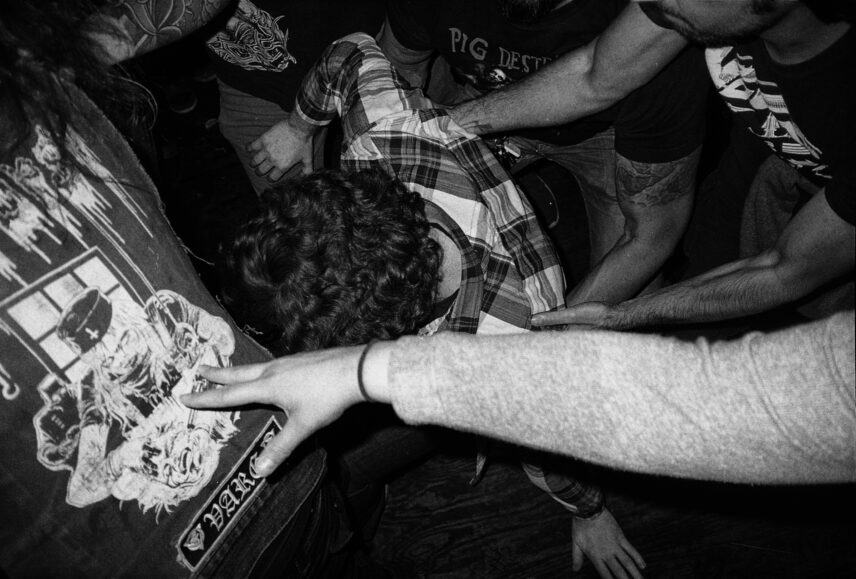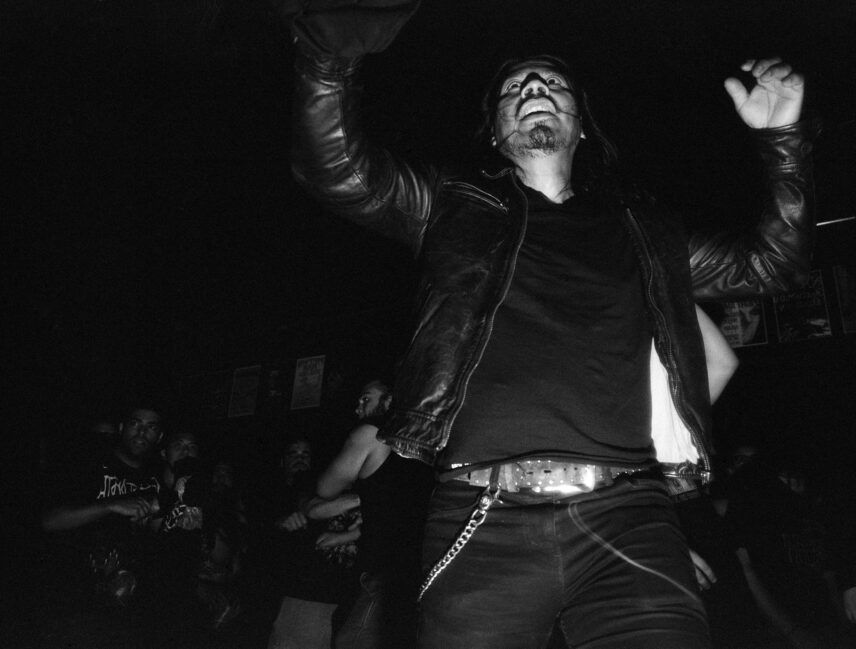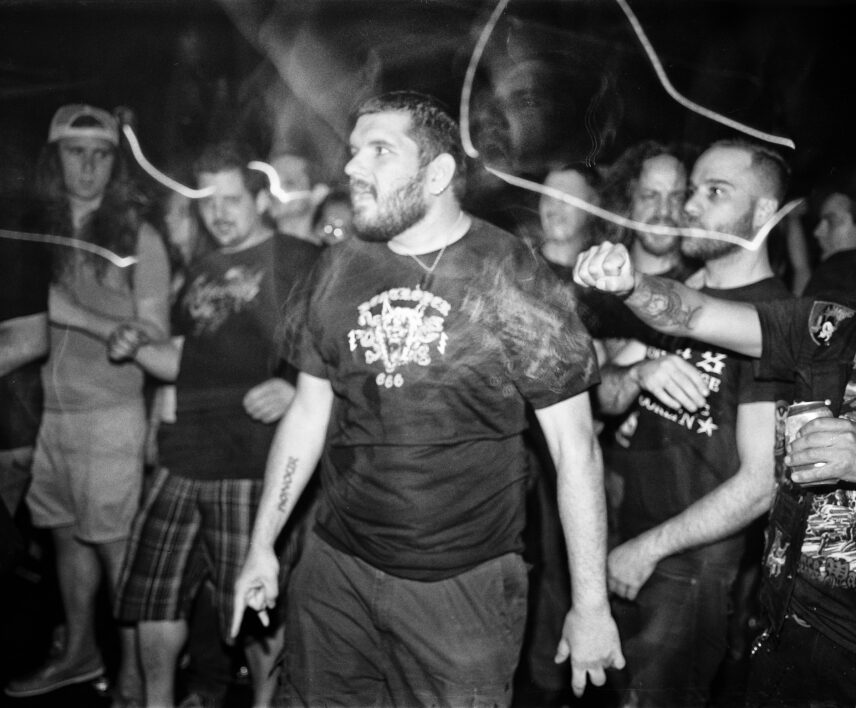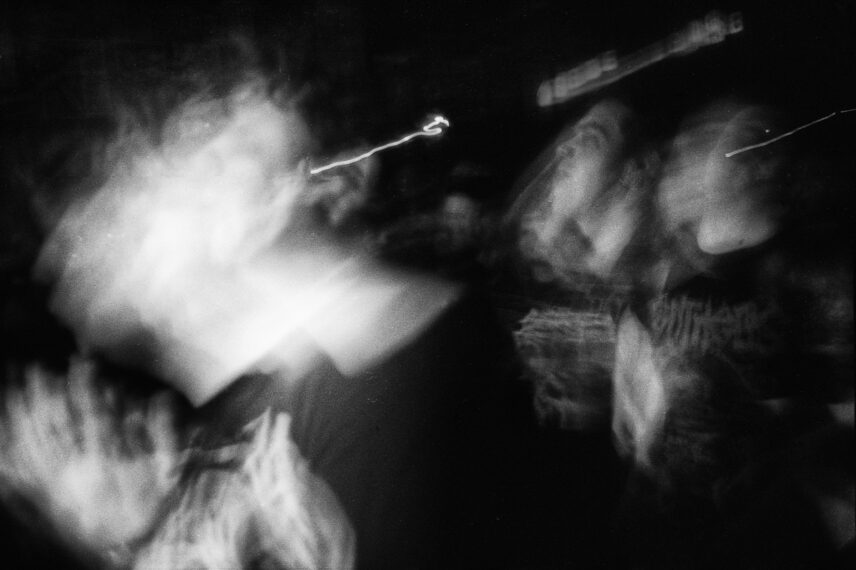Article begins
For the 30 seconds between songs, the pit is a swarm of angry lungs gasping for breath. Pacing with hands on their heads, the revelers inhale. A screech of piercing feedback emerges from the silence and the pit begins to swirl clockwise. Pig Destroyer’s vocalist roars, “Who’s ready for some violence?” and the floor teems with mostly sweaty men colliding into each other. A wall of noise bludgeons the senses while an occasional beam of light shoots into the pit, highlighting a mouth full of teeth or widened eyes. Guttural, roaring, and unrelenting, the music is full of fear and the rage feels primal.
As a fan of black and death metal, I’ve often tried describing this affinity to friends who don’t like or understand the genre. They see the music as abrasive, unnuanced, indecipherable, loud, and violent—and mosh pits as the same but with more fear and physicality. A good friend and lifelong metalhead recently told me that “the loudness is the point. The individual must be overwhelmed in order to participate.” This act of participation is precisely what turns mosh pits into something more than just a concert that is listened to or watched, but into a physical and immersive musical experience in a shared space. In these seas of bodies and noise, intimate and paradoxical rules develop: A circle crashes with intentional brutality, but if a comrade falls you pick them up. If someone gets hurt the group tends to them. If a mosher is violent with the sole intention of inflicting pain, the group reprimands and sometimes removes them from the action. When a song stops so does the violence, and between these cycles of silence and movement emerges a kind of ritual between the music and the audience.
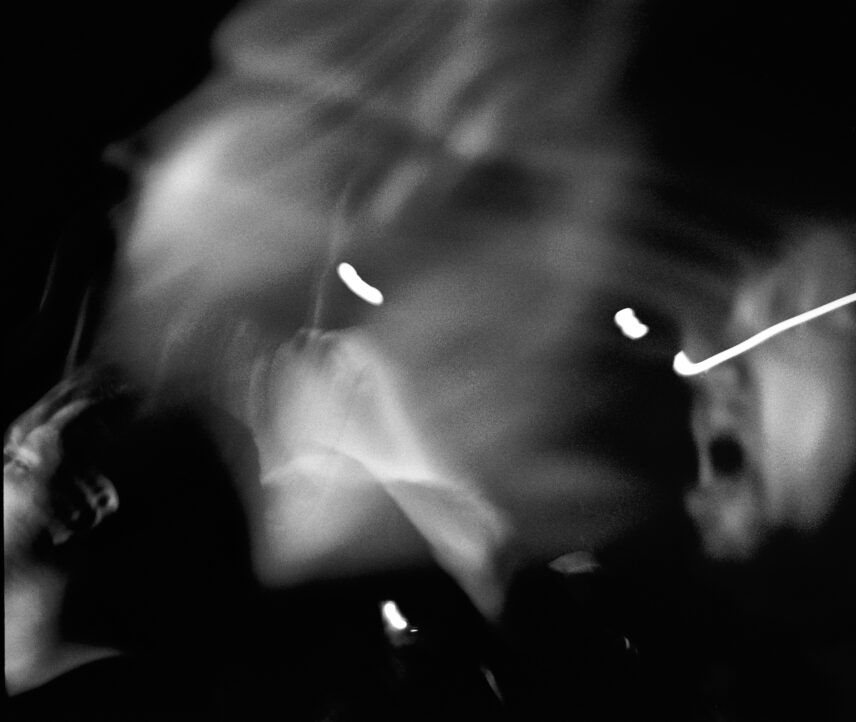
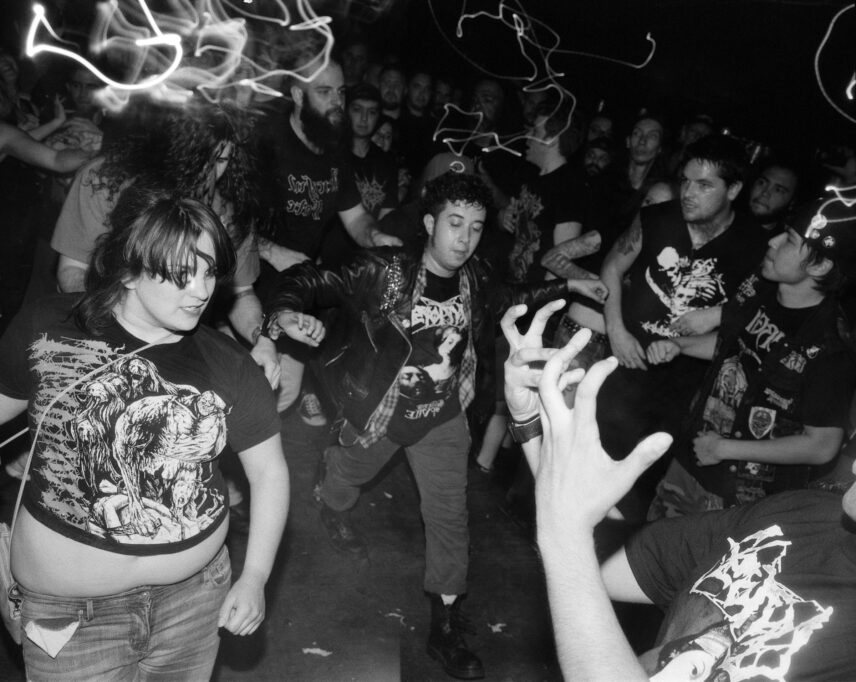
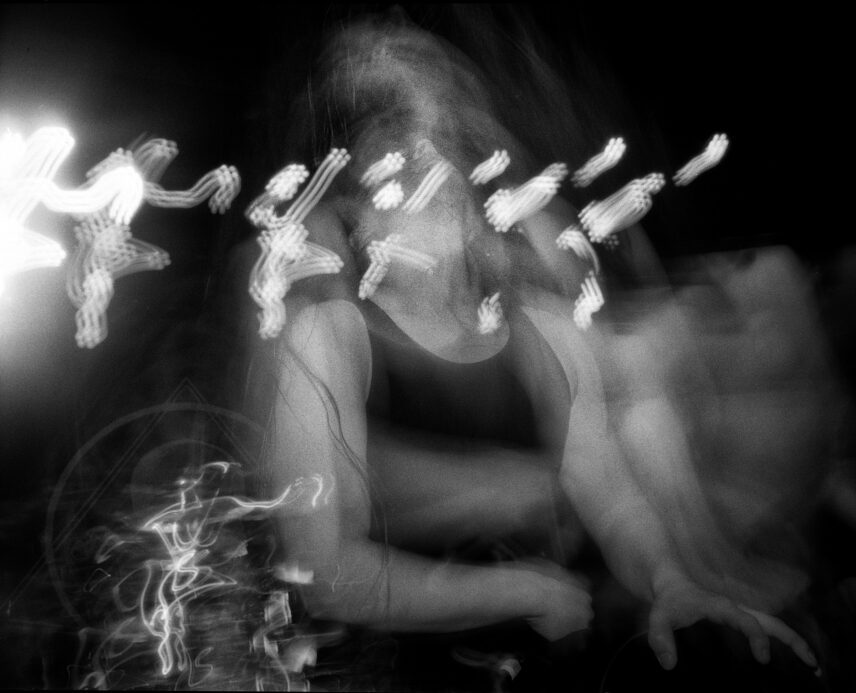
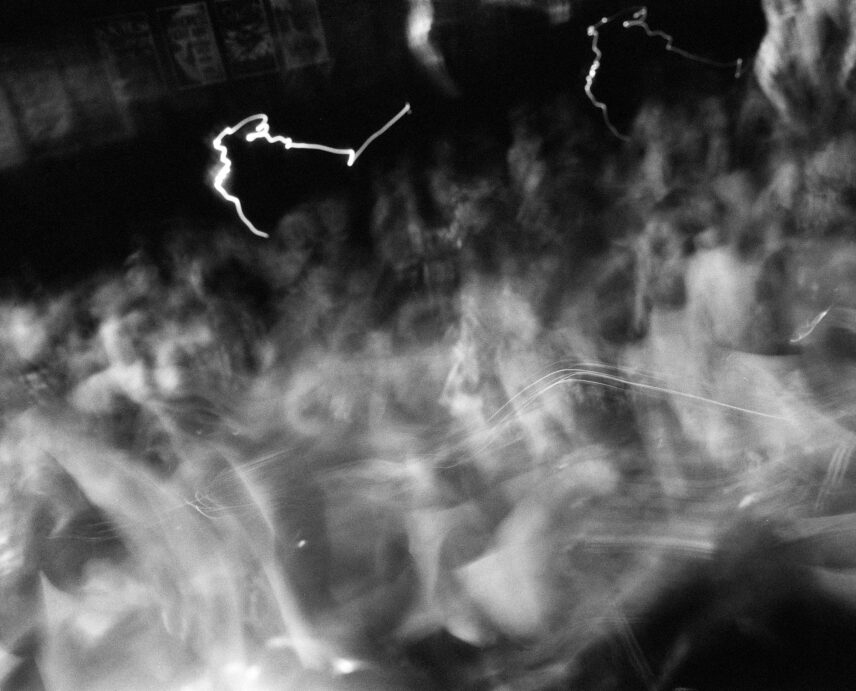
The mosh pit can be understood as a form of circle dance. These group dances are performed by societies all over the world, traditionally as a folk ritual that “allowed people from different cultures to express themselves through movement and dance.” Horas, for example, are popular circle dances still customarily performed at celebrations in Jewish and Eastern European cultures. A Siberian circle folk dance called the osuokahi celebrates the exploration of cosmological space in Yakut mythology. In the late nineteenth century, a spiritual movement emerged from the Lakota tribe called The Ghost Dance, named after their primary ritual in which a ring of people held hands and moved clockwise; the circle represented “the nation’s hoop or the unbroken unity of the Lakota people.” The Romanian căluş is a circle dance in which young men jump acrobatically in the air to mimic the movements of mythological horses and fairies. Mircea Eliade also writes that these dancers “swear to God to respect căluşari’s custom and rules” and “to be like brothers to one another.” A few male moshers communicated the idea or feeling of “brotherhood” to me while I photographed this project. Scant research exists on the ritualistic nature of metal’s mosh pits, but in “Embracing the Chaos: Mosh Pits, Extreme Metal Music and Liminality,” researcher Gabrielle Riches argues that in these chaotic spaces, metal venues “allow metal fans and musicians to construct a strong sense of community through articulating private but common desires in a shared public language.”
In an effort to overcome my inability to convey (in words) the emotional rush of mosh pits to people who would never step foot into one, in 2016 I started taking my medium-format film camera into metal shows at St. Vitus in Brooklyn, New York. With a Mamiya 7 wrapped tightly around my neck and a flash in one hand, I stood at the edge of these circles and attempted to visualize the splendid chaos of colliding bodies moving to music. I would sometimes throw myself into the pit, bouncing madly to document the experience. While no visual media can truly replicate the sensual and physical experience of a metal mosh pit, my goal is to catch fleeting glimpses of intimacy, touch, community, confusion, exhilaration, rage, and movement. I’ve often described to friends that being in a mosh pit sometimes feels like you’re being pulled under a cresting wave, and that for a moment you’re simultaneously afraid of the water’s power and rejuvenated by it. Looking back at these photos five years after I started the project, I can now see that the movement of these crowds is fluid, like a body of water succumbing to a rising tide.
